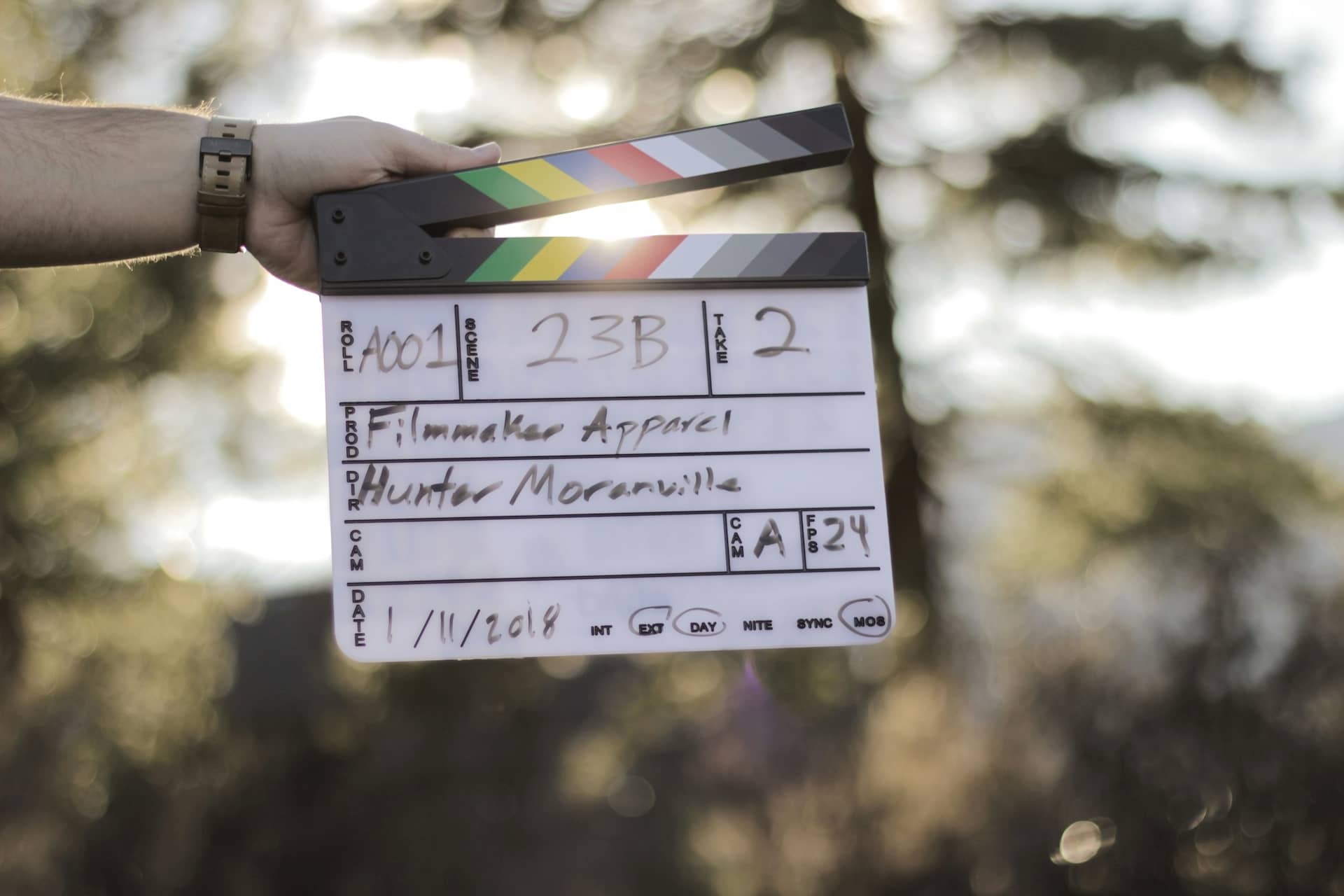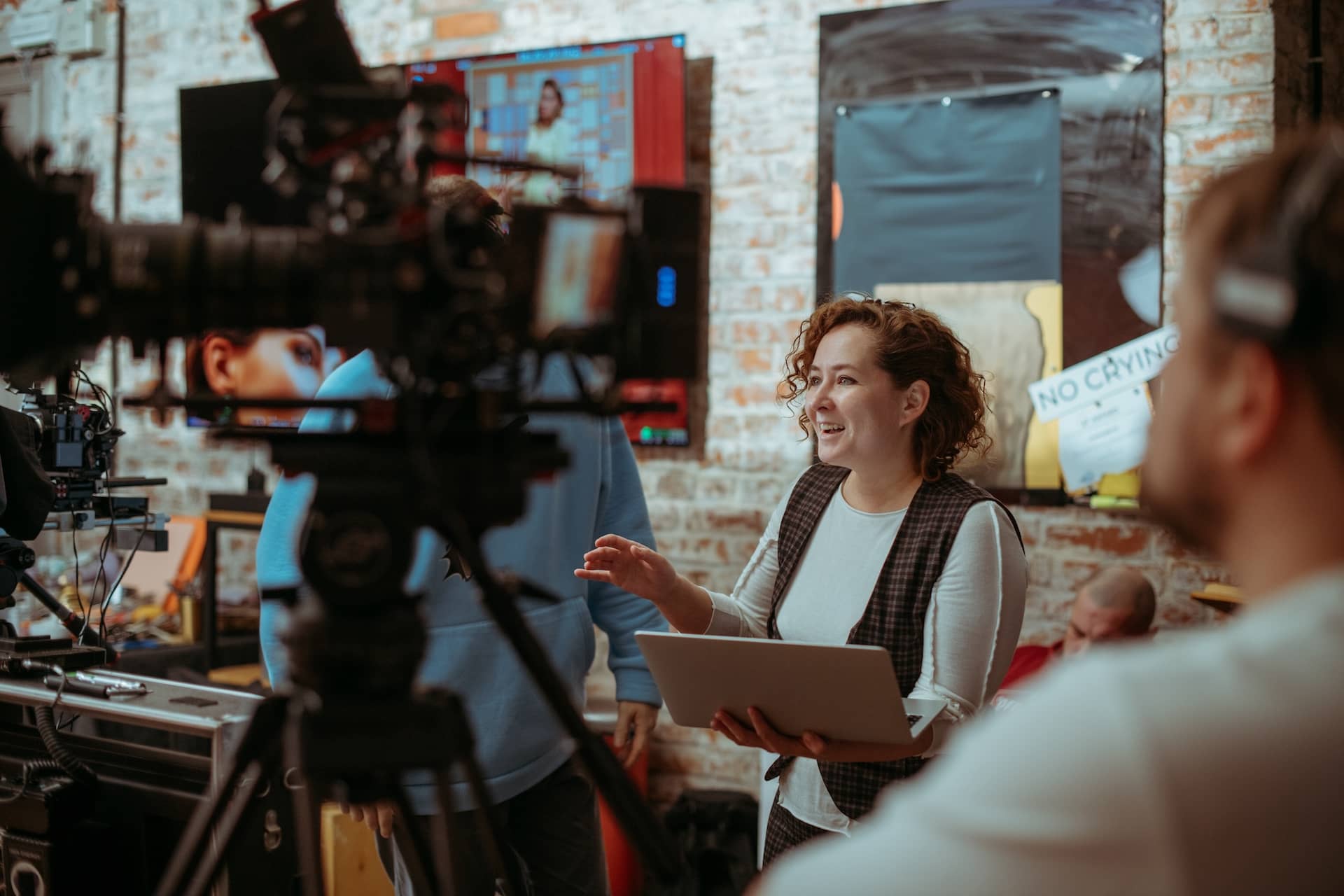MOS is an important filmmaking technique that allows filmmakers to create powerful visuals through dialogue-driven scenes. It is a popular method used by directors of all genres to make their films stand out from the crowd. In this article, we will take a look at how MOS is used in filmmaking and why it has become such an invaluable tool for filmmakers.
What Does MOS Mean in Film
What does MOS stand for in film?
What does MOS stand for in film production? The MOS acronym broken down varies depending on who you ask. While the acronym might vary, its meaning is consistent. Let’s get a better understanding of the definition.
MOS DEFINITION
What is MOS in film production?
MOS stands for "Mit Out Sound" and indicates that a particular portion of a film has been shot without sound. The term is most often seen within a shotlist or on a slate. This technique has been around since the inception of film, with some of Hollywood's earliest blockbusters utilizing MOS scenes to significant effect.
Filmmakers use this technique for many reasons, such as eliminating ambient noise, creating suspenseful scenes, or ensuring that visuals tell the story rather than spoken dialogue. By utilizing this technique, filmmakers are able to create powerful and memorable cinematic experiences.
What is MOS in film used for?
- Increased focus on visuals
- Eliminate noisy distractions
- Save time and resources
MOS Meaning Film Functions
Advantages of MOS in film
Filmmakers shoot MOS for a variety of reasons, some creative and some logistical. MOS is the deliberate avoidance of using sound shot within a scene. Let’s look at why filmmakers would opt to do this.
Increased focus on visuals
By removing sound from a scene, the filmmaker can focus the viewer's attention on visuals rather than spoken dialogue. This can help create suspenseful moments and allows for more creative freedom in telling stories visually. By removing sound and leaving only the essential visual elements, filmmakers can create more suspenseful moments and deliver their message with greater impact through visuals.

MOS in Film Slate example
Eliminate noisy distractions
MOS is an effective way to eliminate distractions in a scene, because it eliminates any additional sound that could draw the viewer's attention away from the plot and message of the film. This is especially beneficial in outdoor scenes where there could be a lot of ambient noise, or in other busy environments.

MOS shot interior location
By removing this noise and only keeping the essential dialogue or music, the filmmaker can focus the audience's attention on what matters most in telling the story.
Save time and resources
Since MOS scenes require less equipment and set-up time than traditional filming techniques, they are often cheaper and faster to shoot. This can be especially helpful if filmmakers are working with limited resources or need to finish production quickly.
Related Posts
What Does MOS Mean in Film Production?
Disadvantages of MOS
Although MOS (sometimes known as “Mute on Sync”) has many benefits for filmmakers, it also presents challenges. With every benefit there is to MOS, using it poorly or for the wrong reasons can also have major disadvantages.
Lack of tone
MOS eliminates any extraneous audio that could be used to set the tone of a scene or add atmosphere, and sound effects can also help draw viewers into a story in a way that visuals alone cannot.
Disengages audience
Additionally, viewers may find silent scenes to be more monotonous and difficult to follow than dialogue-heavy ones. In some cases, relying too heavily on MOS could even detract from the overall experience of watching a movie.
Unforeseen additional costs & time
Using MOS can lead to additional expenses related to foley work for sound. Since no background or ambient sound is recorded, any sound that is needed must be added in post-production, which can often be an expensive process.
Additionally, any original sound effects that were used must also be recreated. This means extra costs related to hiring a foley artist and renting or purchasing equipment for the foley record session.
MOS can be a valuable filmmaking technique that offers filmmakers the opportunity to reduce background ambient noise and focus on dialogue-driven scenes. It is versatile, cost-effective, and used in films of all genres.
By using MOS correctly, filmmakers have the ability to create powerful visuals with their limited resources. Whether it be for a big-budget blockbuster or an independent film, MOS is a technique that should not be overlooked by filmmakers looking for new ways to tell their stories.
Up Next
What is Sound Design for Film?
In contrast to MOS, filmmakers often utilize sound to enhance a film’s narrative. In our next article, we take a look at sound design in film and how it is used in cinematic storytelling.
Up Next: Sound Design in Film →
Showcase your vision with elegant shot lists and storyboards.
Create robust and customizable shot lists. Upload images to make storyboards and slideshows.